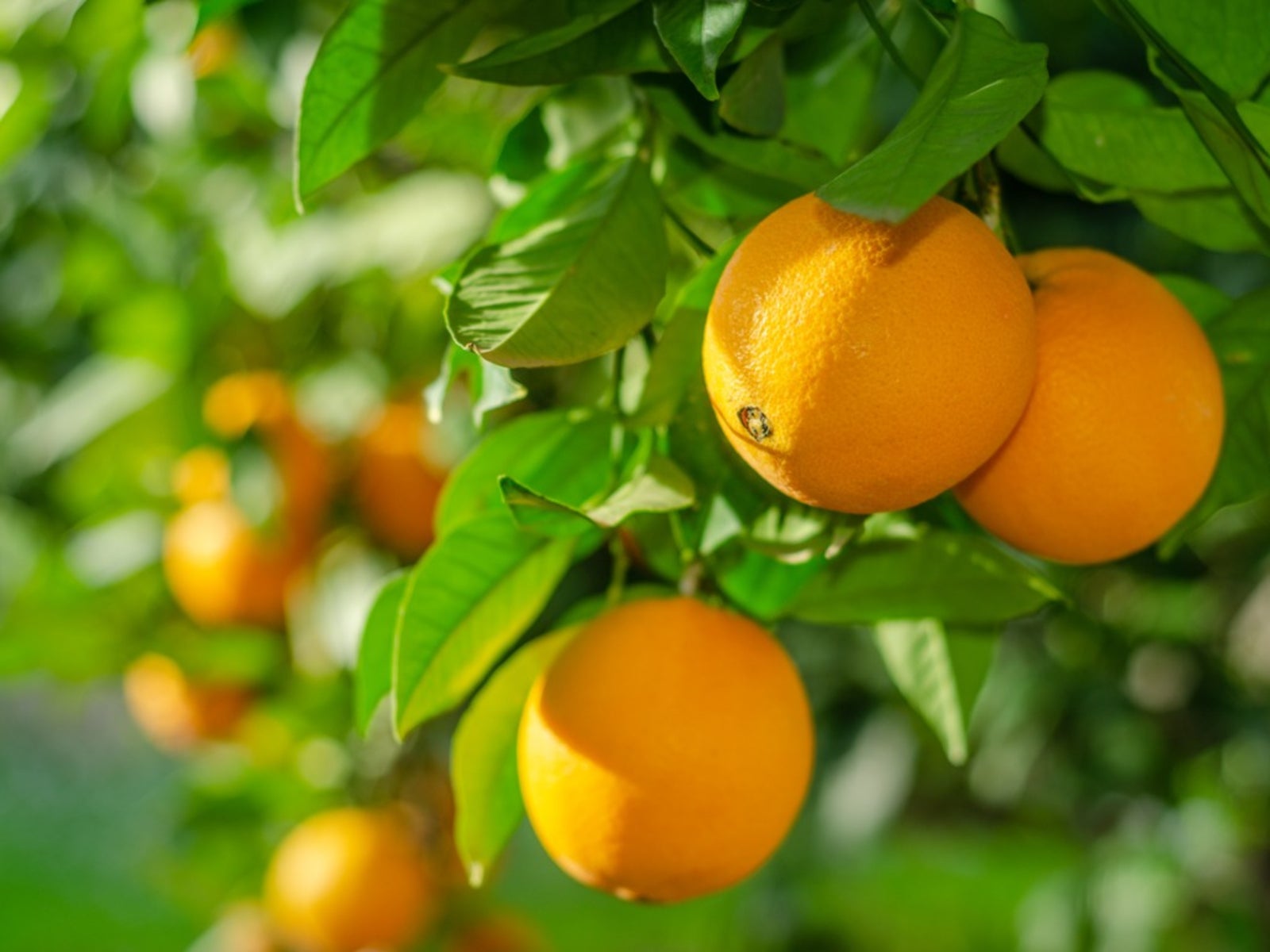Sweet Orange Scab Control – Managing Sweet Orange Scab Symptoms


Sweet orange scab disease, which affects primarily sweet oranges, tangerines and mandarins, is a relatively benign fungal disease that doesn’t kill trees, but significantly affects the appearance of the fruit. Although the flavor isn’t affected, some growers choose to use the damaged fruit to make juice. The disease was first detected in the United States in 2010. Since that time, it has spread across the South, leading to quarantine in several states. Read on to learn about sweet orange scab control.
What Causes Sweet Orange Scab?
Sweet orange scab is caused by the fungus Elsinoe australis. The fungus is spread by water, generally by splashing, wind-driven rain or overhead irrigation. Three to four hours of wet conditions can result in disease. The disease is also moved on transported fruit, often necessitating quarantines to contain spread.
Sweet Orange Scab Symptoms
Affected fruit displays raised, corky, wart-like pustules that emerge as pinkish-gray or tan, often turning yellowish-brown or dark gray. The bumpy areas become smoother as the disease progresses. Sweet orange scab symptoms may also include lesions on twigs and small, puckered leaves. In some cases, the disease can cause premature fruit drop, and may also result in stunted growth in young trees.
How to Prevent Sweet Orange Scab
Here are some helpful tips on managing sweet orange scab in the garden: Water citrus trees with a drip irrigation system or soaker hose. Avoid overhead irrigation, as the water spreads in water droplets. Use good sanitation practices and keep your tools and growing area clean. Sweet orange scab can be spread by equipment, tools and people. Never transport fruit out of the area. Treat affected trees with a copper-based fungicide. Usually, at least two treatments are required, two to three weeks apart. Ask your local cooperative extension office or agricultural specialist about the best products for your area.
Sign up for the Gardening Know How newsletter today and receive a free copy of our e-book "How to Grow Delicious Tomatoes".

A Credentialed Garden Writer, Mary H. Dyer was with Gardening Know How in the very beginning, publishing articles as early as 2007.